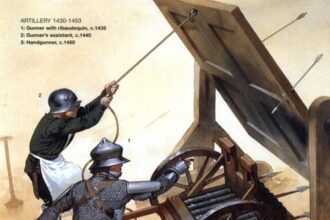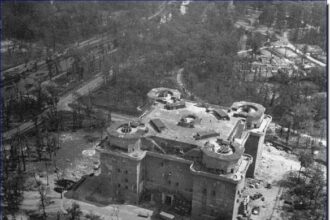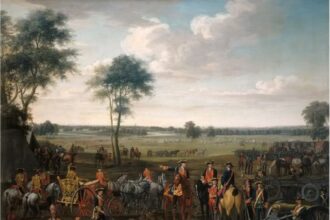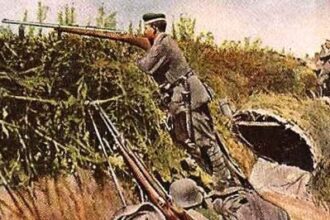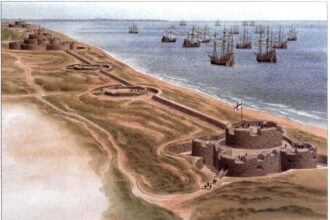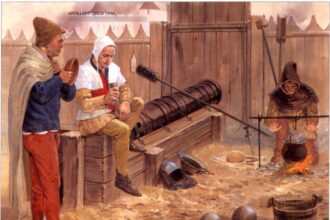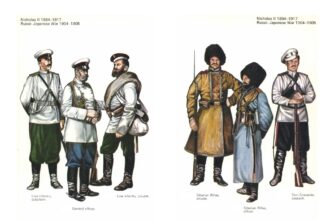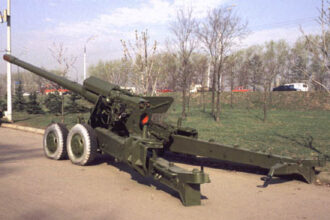Newsletter
Get the latest from Weapons and Warfare right to your inbox.
Follow Us
Explore
Artillery
A NEW USE FOR AN OBSOLETE WEAPON
Here is a photo of a Priester. The firer is a bit close to it. Normally it was fired by tugging a cord about one metre long. The strange name Priester is allegedly due to the fact that the weapon was invented by a Hungarian priest named Vecer. Originally deployed with the Austro-Hungarian army, it was made under license by…
Most Recent
EIGHTEENTH-CENTURY ENGLISH SMOOTHBORE ARTILLERY
David Morier, the British artillery train at the camp of Roermond (Flanders) in 1748. Lt. – Gen. Albert Borgard, 1st Col. – Commandant of the Royal Artillery, in Holland – centre. The successes of Gustavus Adolphus ‘s field artillery in the seventeenth century exerted a profound effect throughout Europe. The…
German WWI Anti/Tank Experience
Mauser Tankgewehr M1918 German troops using the minenwerfer as an anti-tank gun in October 1918 September 15, 1916, began as a routine day for the German infantrymen in the forward trenches around Flers on the Somme—as routine as any day was likely to be after two and a half months…
Henry VIII’s Ordnance
Demi-culverin circa 1587 cast locally The modern term “ordnance” apparently derived from the time of the reign of England’s Henry VIII (b. 1491; r. 1509-1547). Cannons in Henry’s artillery train were typically referred to at the time originally as “pieces of ordinance” or “ordinance guns,” to denote their casting according…
Meaux Falls 1422 Part II
He was employing more cannon than ever before – bombards, culverins and serpentines – more guns of all shapes and sizes arrived every day. Some may be seen at the Musée Militaire in the Invalides at Paris. He also had ribaudequins which were battle carts mounting several small cannon side…
IMPERIAL RUSSIAN ARMY – RUSSO–JAPANESE WAR
On the eve of the Russo–Japanese War, Russian land forces were the biggest in the world, numbering 41,079 officers and 1,067,000 other ranks, and with full deployment of more than 3 million including the reserves. The sum of Russian troops stationed at that time east of Lake Baikal (the Priamur…
152mm Gun 2A36 M1976
During the 1970s the Soviets developed a new towed 152mm gun. It was first seen by NATO Intelligence sources in 1976, and so was dubbed the M1976. However, it did not enter service until 1981, when it replaced the M-46 130mm field gun. It was another four years before the…
Most Popular
Artillery of the Middle Ages
The earliest written evidence for the cannon is found in the ordinances of Florence for…
5 cm FlaK 41 & 5.5 cm Gerät 58
The 5-cm (1.97-in) Flak 41 was one of the least successful ofall the German anti-aircraft…
IMPERIAL RUSSIAN ARMY – RUSSO–JAPANESE WAR
On the eve of the Russo–Japanese War, Russian land forces were the biggest in the…
American Civil War Rail-Weapons
From the very beginning of the war, the employment of railway batteries in the form…
